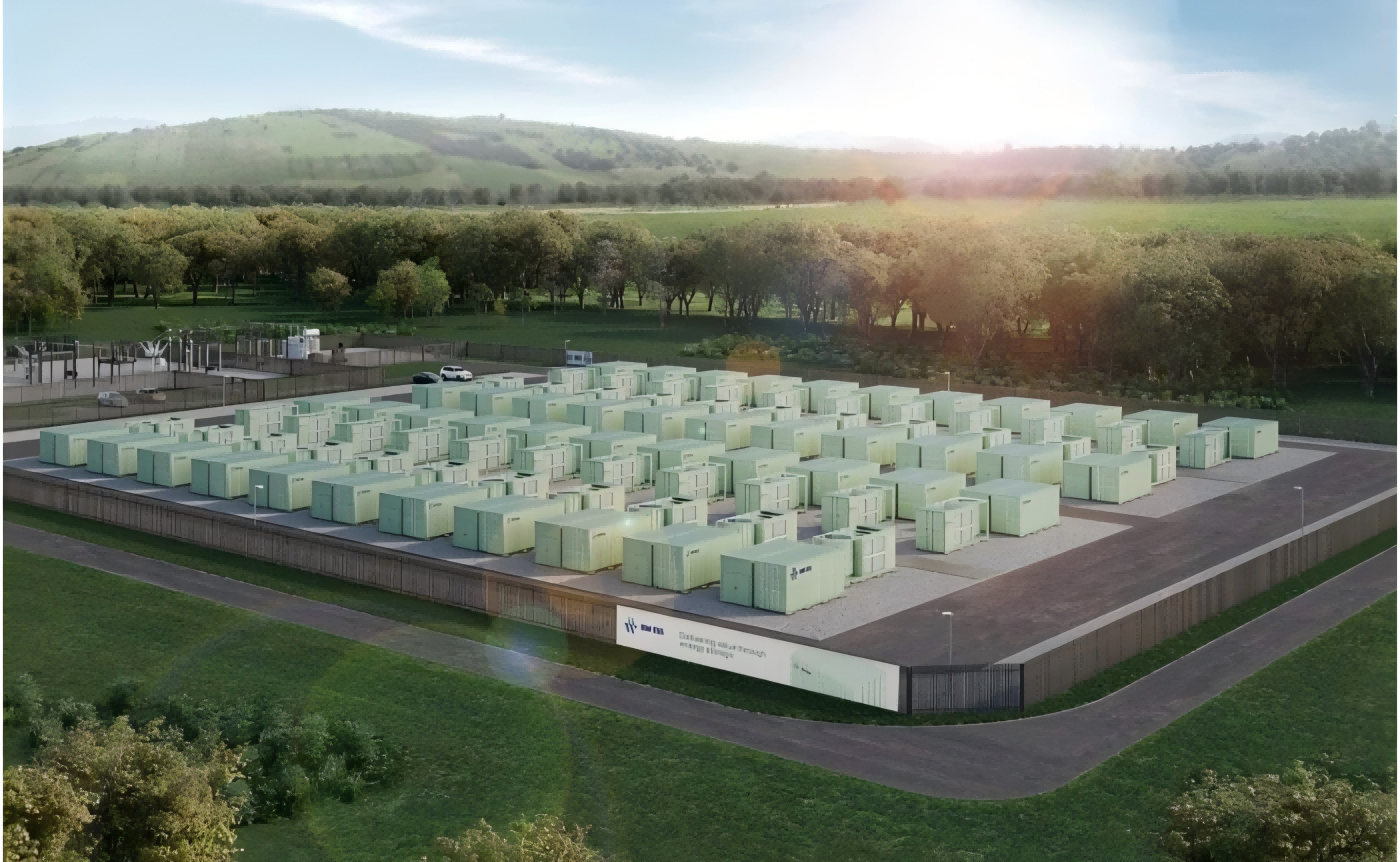The essential role of energy storage systems in their early days could be simply summarized as: "charge when electricity prices are low, and discharge when they are high." In the early stages of the industry's development, most energy storage projects followed this "buy low, sell high" principle. This principle made the technology easy for investors to understand, and operational projects remained profitable for a long time. The first storage projects that were deployed and operated not only secured the power supply but also proved the feasibility of large-scale deployment and application, laying a solid foundation for more extensive development.
However, as the energy storage industry matures, this simple profit model is struggling to adapt to reality. Market competition has become increasingly fierce, and profit margins have narrowed. Before construction begins, every storage project must be comprehensively reviewed from all angles. Investors who were once satisfied with a single revenue stream now expect storage projects to generate income from multiple channels to hedge against market volatility. All these changes are taking place within an increasingly complex regulatory framework, which adds both cost and risk.
In this environment, the concept of "value stacking" has transformed from an interesting idea into a core survival strategy. In theory, the approach is simple: allow an energy storage project to generate as much revenue as possible. In practice, however, it's more like a multi-level game where success depends on a precise grasp of markets, regulations, technology, and timing. Today, the role of a storage project is no longer limited to simple charging and discharging. For example, it might provide frequency regulation services for one hour, be required to hold capacity in reserve the next, and then inject power into the grid when prices spike.

This shift has changed how energy storage projects are planned and designed. Early projects operated like traditional power plants with a single function, whereas modern projects are focused on adaptability. Advanced control systems and energy management platforms track market conditions in real-time, deciding on the best revenue-generating use for the system's capacity at any given moment. This flexibility has become one of the most powerful competitive advantages in the industry.
Ancillary services—a little-known but critical function for maintaining a stable power supply—are playing an increasingly important role in the economic viability of storage projects. While energy trading is more focused on price, ancillary services are centered on reliability, maintaining frequency stability, managing voltage, and balancing the grid during sudden changes in electricity demand or supply. Battery energy storage excels in this area, capable of responding in milliseconds, whereas traditional power plants need minutes.
Specific market conditions vary. In the Electric Reliability Council of Texas (ERCOT) region, services like Responsive Reserve Service and the updated ERCOT Contingent Reserve Service provide incentives based on availability and performance, creating a stable revenue stream even when electricity prices are flat. In the California Independent System Operator (CAISO) region, energy storage systems can participate in four different ancillary markets: Regulation Up, Regulation Down, Spinning Reserve, and Non-Spinning Reserve. For some projects, this income can account for a significant portion of total revenue.
Regulation Up and Regulation Down maintain the grid frequency around 60 Hz through an energy control system. Participation requires CAISO certification, and systems must respond to automatic control signals with a response time of four seconds. Spinning Reserve is backup capacity from generating units already connected or synchronized to the grid, which can deliver energy within 10 minutes of being dispatched. Non-Spinning Reserve is capacity that can be synchronized to the grid and ramp up to a specified load within 10 minutes; it is typically allocated after spinning reserve capacity has been assigned.
Capacity markets offer another opportunity for profit. Energy storage systems earn revenue not only for the electricity they provide but also for simply being ready to provide it at a moment's notice. How projects profit from this varies significantly by region. For example, ERCOT does not have a formal capacity market, so its revenue comes mainly from ancillary services for electric utilities. In contrast, the CAISO region operates under a Resource Adequacy (RA) framework, which requires utilities to secure enough capacity to meet peak electricity demand. Four-hour duration battery storage systems meet this requirement, and securing an RA contract can help stabilize a project's finances before it even comes online.
Not all of a storage project's value comes from wholesale markets. The number of behind-the-meter storage systems deployed by commercial or industrial customers is growing. These systems can lower electricity bills by reducing consumption during peak demand hours. When not serving their host facility, these systems can provide power to the grid to fully utilize their available capacity. This model provides cost savings for the customer and a stable, diversified revenue stream for the storage operator.
Technology alone cannot secure these revenues. Market rules and the regulators who adjust them determine which services are permitted and how they are compensated. Therefore, energy storage developers must actively engage with policymakers, utilities, and grid operators. Without active advocacy, the role of energy storage could be undervalued, or it might even be blocked from accessing certain revenues. Updating and refining these rules is not only about achieving fair compensation but also about making the grid stronger and more resilient.
Today, energy storage projects can source revenue from multiple markets, adapt quickly to changing conditions, and leverage real-time control systems to create more value.
Energy storage is no longer a single-use tool but a versatile asset capable of serving the grid, markets, and customers in different ways—sometimes playing multiple roles within the same day. The projects that can fully harness this multifunctionality will be the ones that shape the future of the energy storage industry.

